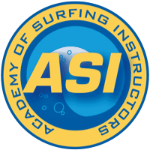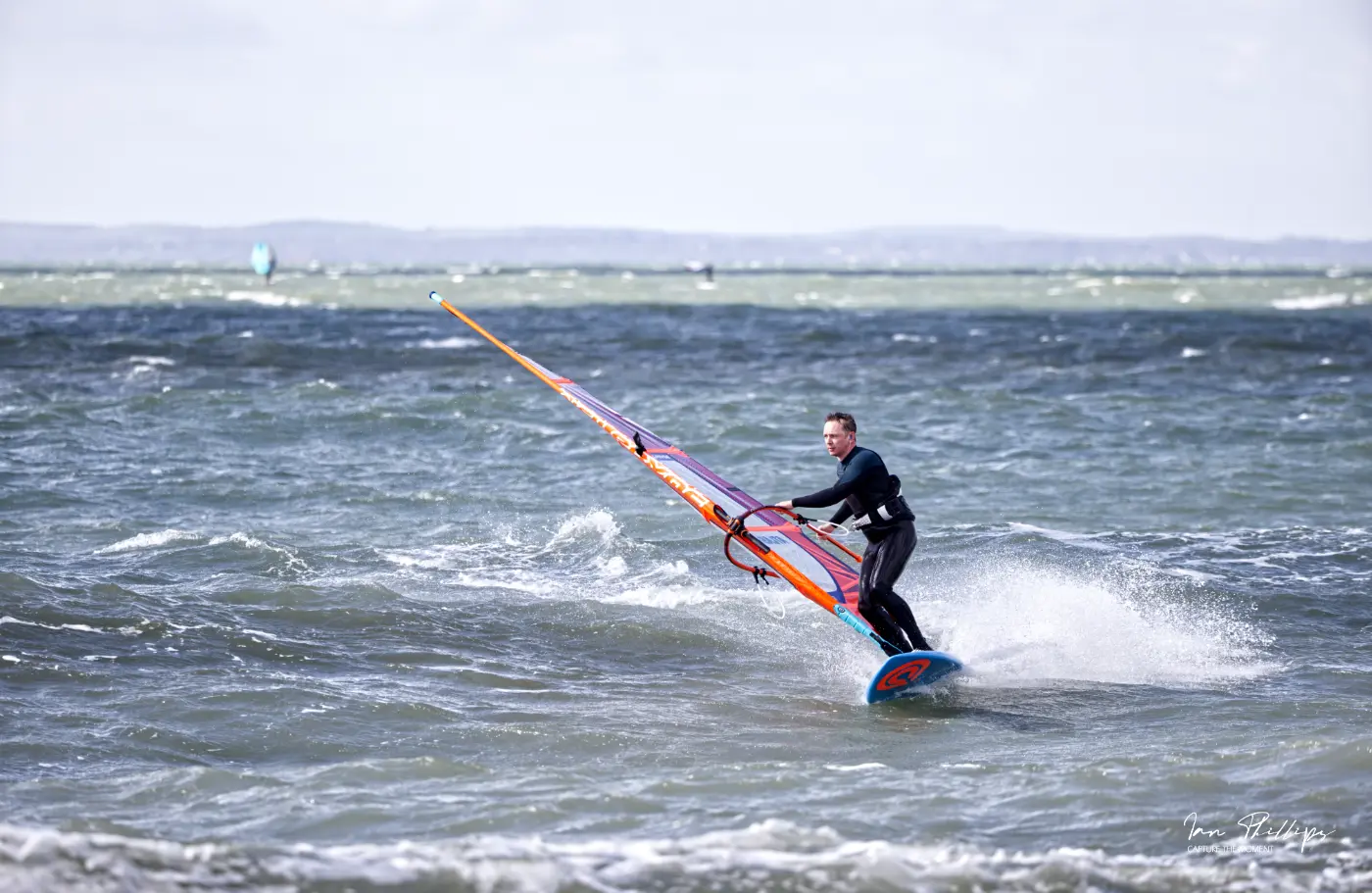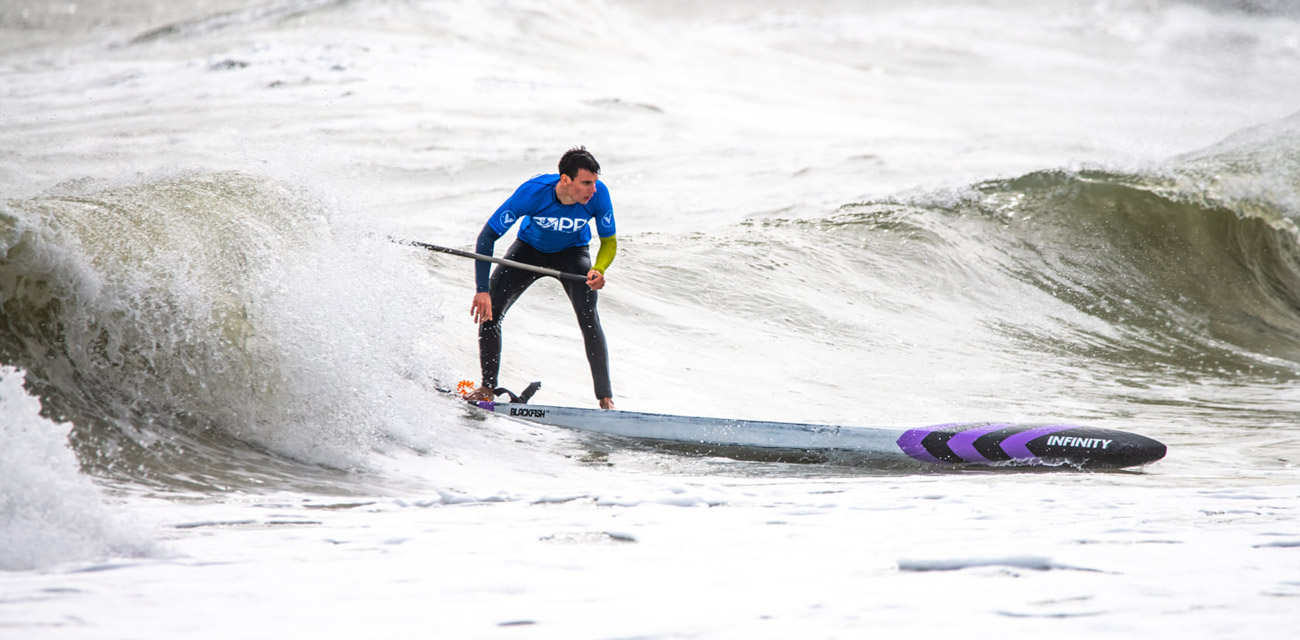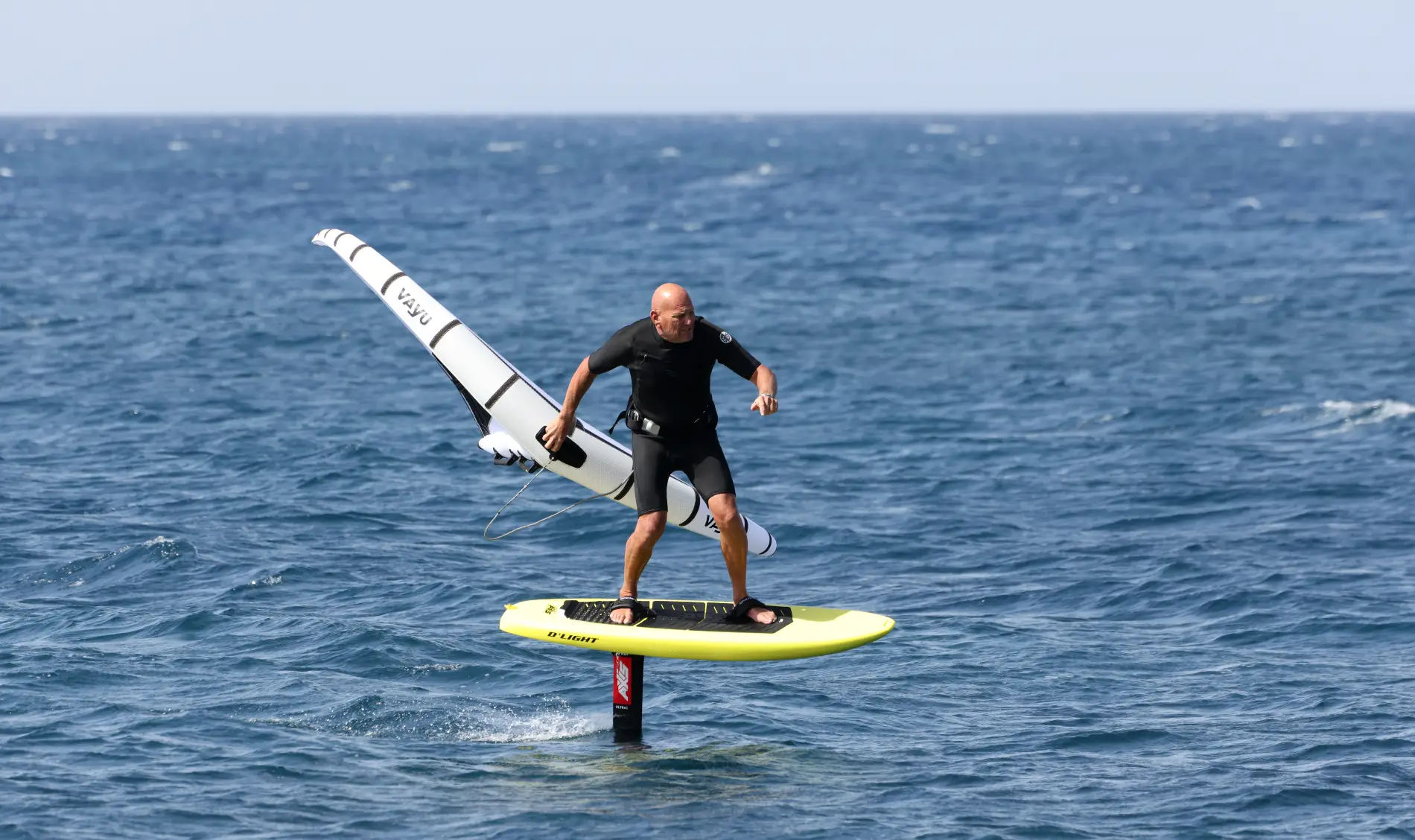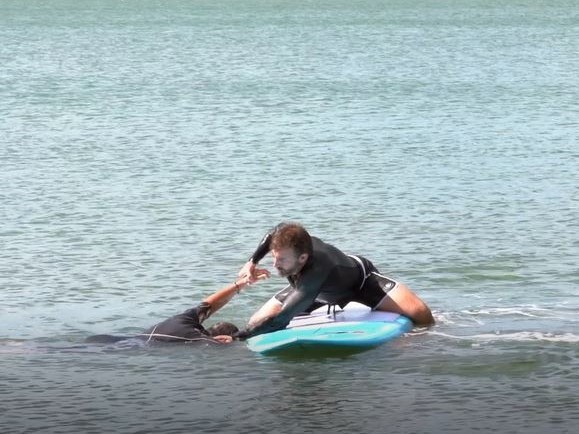
Being risk aware on a SUP
With SUP being so popular now and paddlers coming into the sport, without previous watersports experience, it is super important that we as professionals and experienced waterman give people the benefit of our knowledge.
NOTE: this is general advice, and we recommend that you o your own research before deciding on your own safety and training requirements.
TRAINING | WEATHER | SELF AWARENESS | ENVIRONMENT | KIT
Self awareness
When you decide to go paddleboarding for the first time, take a minute:
- What prior experience do you have in watersports e.g kayaker/windsurfer etc.?
- Can you swim at least 50 metres?
- Are you a nervous person who prefers being supported by others?
- Do you feel the cold?
- Question yourself and be honest with your answers, as this is how you begin to be self-aware.
It is so important to be aware of how:
- You handle situations that are outside your comfort zone.
- You cope with others when in trouble.
- How would you cope if you had to swim with no board.
- Could you help someone onto a board if they couldn’t do it by themselves.
Weather
The weather has a huge effect on stand up paddleboarding, and so we need to be totally aware of how it can work for us and against us.
Along with that, it is also worth using the tools available to use such a phone apps to help understand the environment.
So before we hit the water, we always check the weather for the whole day.
Phone apps include:
- Windy
- Weather XC
- Tides Near Me
- Wind on lakes, river and the sea affect you as you paddle.
- Wind speeds of over 10mph start to have an effect on how you can paddle into the wind and quickly effect the state of the water, from flat to choppy.
- Offshore winds (wins blowing out to sea) make the water flat by the beach, but as you head further out, the wind gets stronger and choppier, so rule of thumb for beginners is to keep very close to the beach if you’re adamant to go out, but if it is very windy, then put the board back in the car and find another venue.
- Onshore winds can build the waves up and cause shore dump that can be dangerous as you both enter and leave the water.
- Tides can have a huge effect on water movement, so look at the venue before going out and seek advice from locals.
- Are you paddling on an estuary, in an area that has a huge tide e.g long walk or an area where a tide may cause dangerous currents.
Training
It is not so much about how to stand up, but more about general awareness and an opportunity to ask questions and go over some useful routines.
There’s no way that you’ll become an all-knowing paddler in a few hours of lessons, but it may just leave you with enough insight into sup to make you think.
There are lots of sup trainers out there, so choose one who offers what you need and can paddle with you in the environment that you need to work.
Choose wisely and make sure your instructor is confident and capable. Recommendation from others helps to choose.
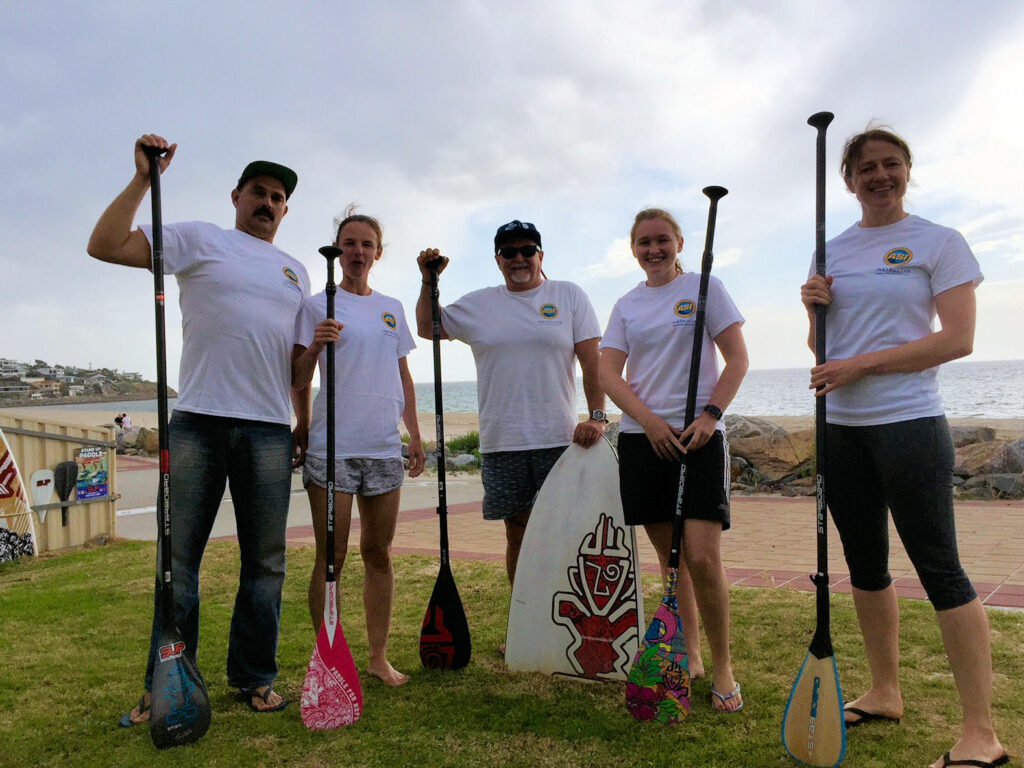
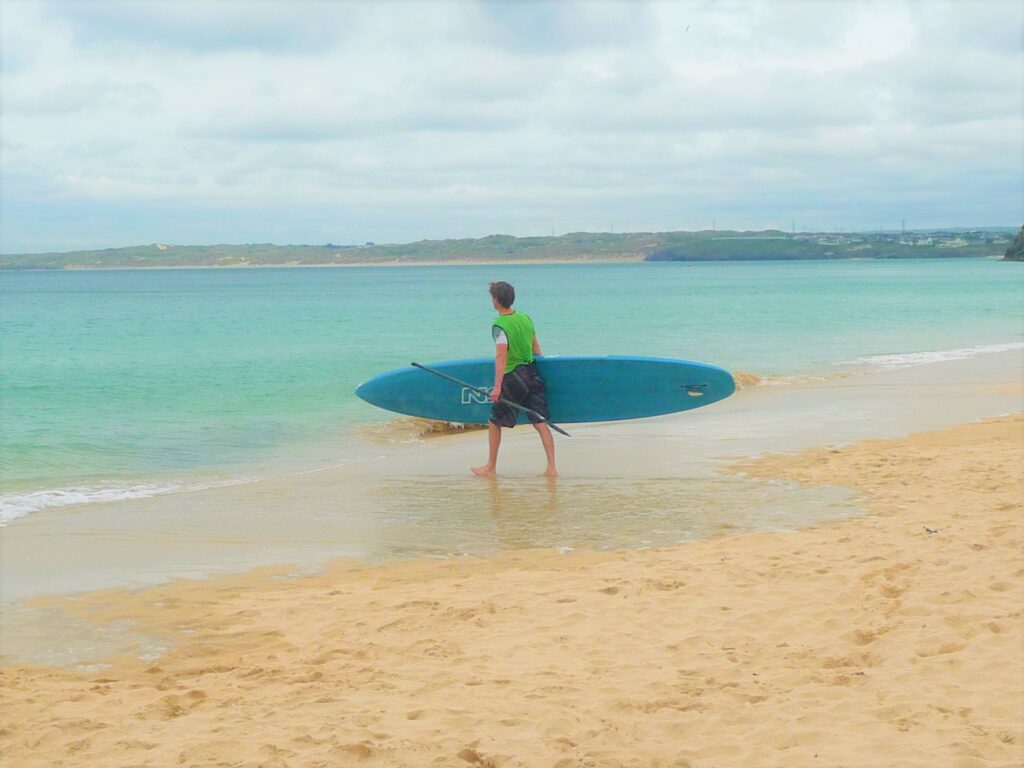
Environment
There are many environmental risks that can be a problem for a paddleboarder.
- Stay clear of boat moorings.
- Rocks and reefs
- Underwater obstacles
- Boats and other water users
This is just a short list, but a good thing to do before entering the water is to a reccy, and make your own assessment.
A good training course will help you to be more aware of the things that may be of risk to you.
Kit
Suffice to say, kit has been more accessible as pricing has gone down, but is it safe?
Any board that is not fit for purpose, poses additional risk to the paddler and this may be:
- It is not stiff enough to provide a solid paddling platform. This is a real problem as some entry level boards are just not thick enough and in turn this reduces how stiff they are lengthways. If when you stand on it the board bends in the middle, this means you’re not able to paddle effectively, reduces board speed and will be a real problem in any chop or waves.

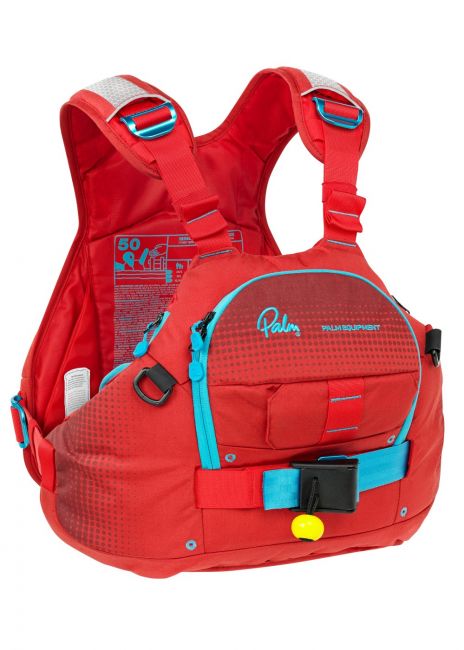
Safety equipment
The most important thing and highest rated safety kit we can all have with us is knowledge and common sense.
The very best board and most expensive float vest won’t stop a fool from getting into trouble.
Leash: make sure it is solid and test it on land by playing a light tug of war with it. I’ve seen many fall apart at the lightest tug.
Board: pump the board to the recommended psi and do some shallow water tests to make sure it is sold underfoot. More air won’t make a rubbish board feel better.
Paddle: most important is that it floats if left drifting for a while. Test it out, as you really don’t want to lose that.
Fin: make sure it is secure in the board.
PFD: this is not a lifejacket and ill not stop you from drowning, but does offer a bit more buoyancy to help the conscious person to float around. They can make it harder for people to swim and remount the board so test how easy you find it and make sure it’s comfortable.
You: do not paddle if you’re feeling sick or weak, sunburnt, hungover or drunk. Make sure you’re feeling good and have had time between your last meal, as paddling makes you use your abs.
Others: consider the weakest member of the group. Don’t drag them along on an adventure, all gung ho, if they aren’t capable.

